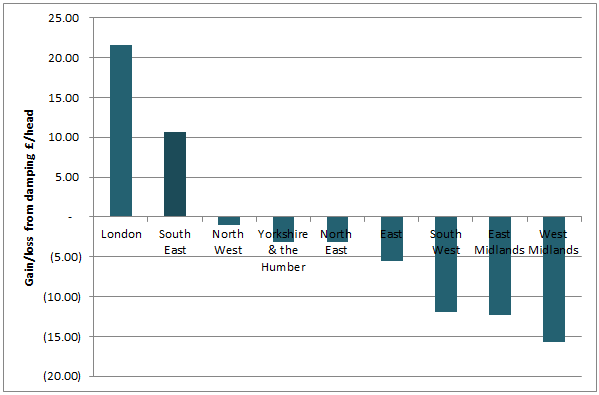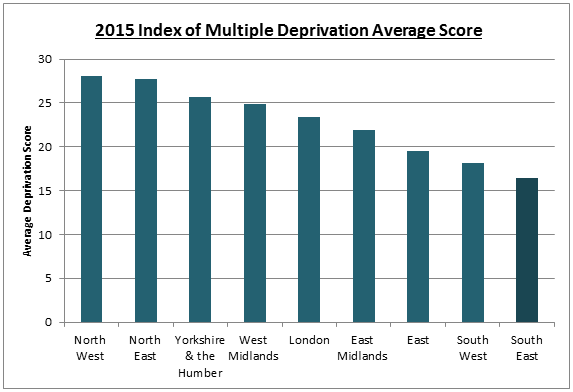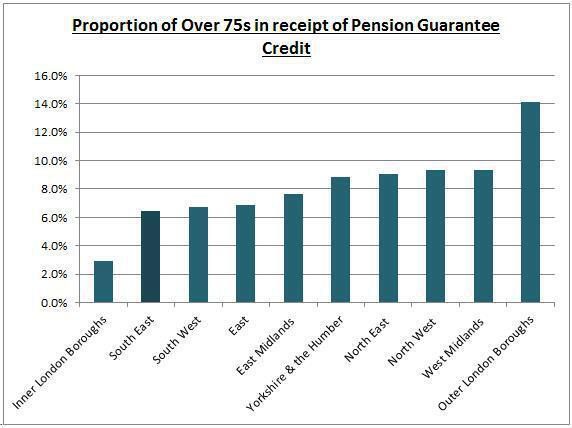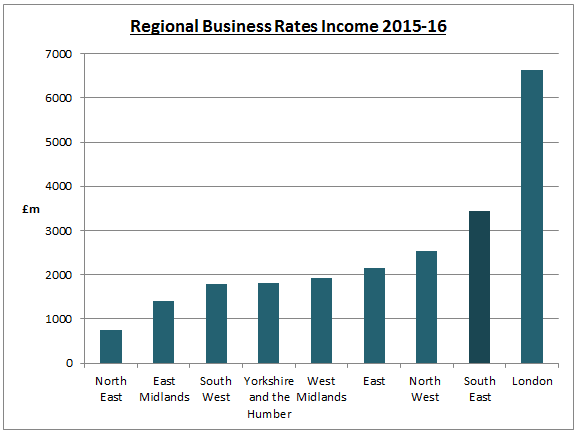
SIGOMA Challenges SEEC Claims
Posted on January 24, 2017
I wish to respond to a recent article in which the South East England Councils (SEEC) group claimed the authorities they represent face “greater challenges” than others.
The group argued that, despite suffering proportionally fewer cuts, their members are profoundly disadvantaged under the current funding system due, primarily, to historically low levels of spend per resident.
This paints a fundamentally misleading picture.
Service costs are driven by the needs of residents. A simple per-head calculation therefore does little to explain council requirements.
In fact, the South East as a whole receives over £93m more than was deemed necessary under historic formula grant allocations, due to “damping” (a redistribution designed to smooth sharp funding changes). London is the only other area to have received more overall than others.

Statements regarding deprivation also need to be contextualised. While the South East certainly contains pockets of deprivation (including some SIGOMA members), overall the region is the least deprived in the country.

Not only does this reduce factors that drive demand, it also reduces the costs associated with service provision due to the higher proportion of residents able to self-fund care costs, for example. This helps account for their comparatively low spend per head.
While some areas in the South East, such as Portsmouth and Southampton, manage high levels of deprivation and are disadvantaged by the current system, painting the problem with a broad regional brush risks confusing these with the likes of Wokingham and Buckinghamshire, which rank among the country’s most affluent.
The SEEC uses the latest IFS analysis[1] to demonstrate that the South East’s funding per head is lower than London’s and we agree that it is important that the imbalance between the capital and other regions addressed in the new 100% business rates retention Fair Funding formula.
However, when we consider total service expenditure (i.e. unadjusted), the South East spends only 4% below the national average per resident.
While the region arguably faces greater elderly social care challenges than London as a whole, its proportion of poor elderly residents, and therefore the numbers requiring care support, is much lower than other regions.

When equity within many South Eastern homes is also considered, the South East arguably has among the highest proportion of potential social care self-funders in the country – significantly reducing their relative cost pressures.
Moreover, as the chair of SEEC points out, the region has one of the best performing economies in England. Under 100% business rates retention, this places them in a comparatively strong position to take advantage of retained growth.

Therefore, though our current funding system is in vital need of recalibration, diverting yet more resources away from high-need areas to relatively affluent parts of the country would simply exacerbate a vast and growing national divide.
While all councils are struggling, the idea that the South East as a whole is disadvantaged by the current system is truly a fiction.
[1] The IFS’ methodology omitted certain items that were subject to variation (e.g. as the result of policy changes) to ensure comparability over time. When only a snapshot is needed, this is unnecessary and raw Revenue Outturn data is therefore the more comprehensive option.